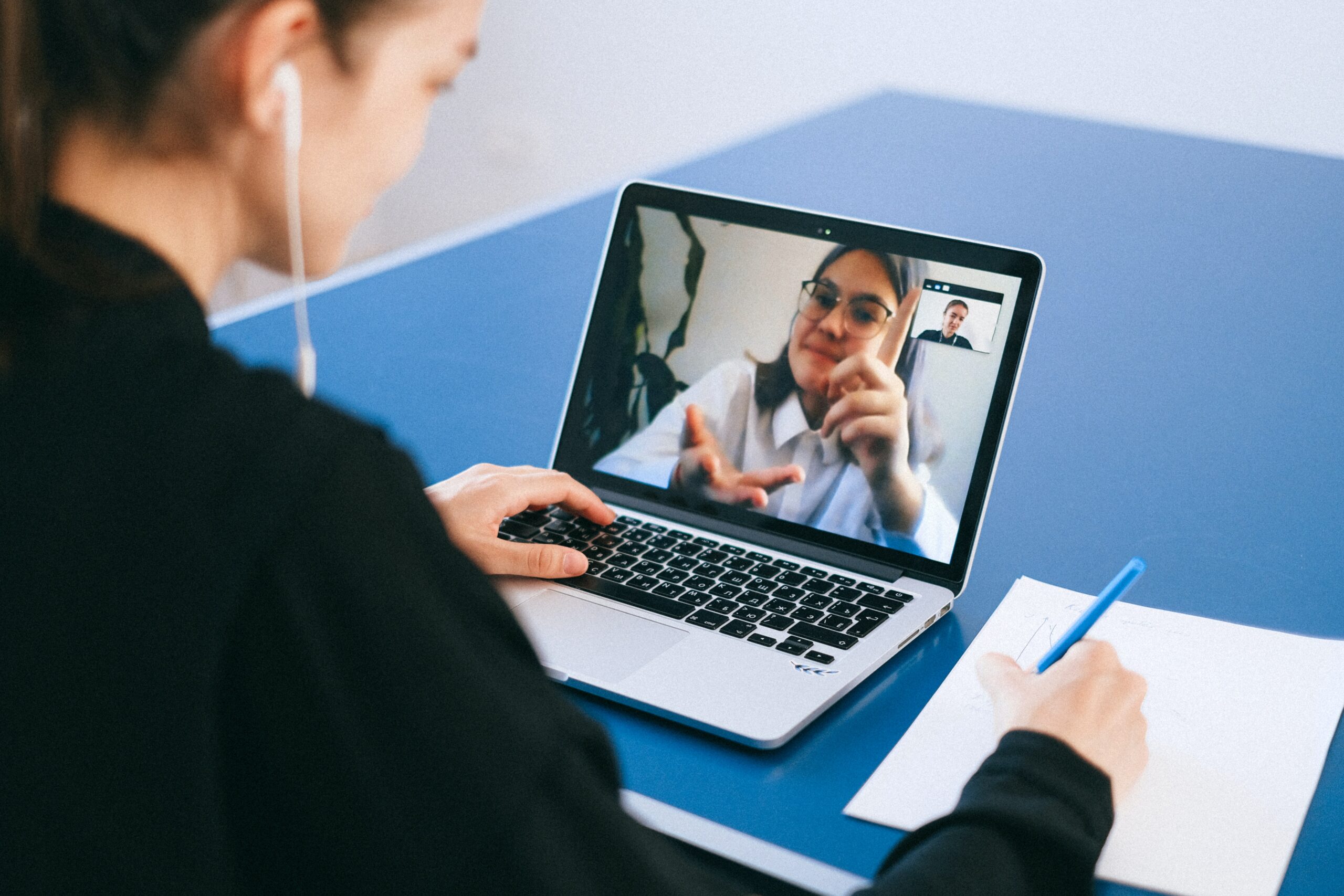BEST PRACTICES FOR FIGHTING VIDEO FATIGUE IN ONLINE LEARNING
Virtual meeting fatigue, often known as “zoom fatigue,” is the feeling of exhaustion or burnout following the use of a video conferencing platform. Our energy is depleted more by virtual meetings, conversations, or online social events than by in-person gatherings, and it is easy to see why. Virtual meetings call for far higher levels of focus. You must concentrate and pay close attention to the speaker to take in all the pertinent information and feel compelled to go above and beyond by making social gestures that show you are engaged. In addition, there are a lot of setups required. We worry about how the internet will function, our appearance, our backgrounds, and making sure that loved ones won’t interrupt our phone calls.
That said, virtual meetings don’t sound all that fantastic at first, but hold onto your hope. Here are our top 5 strategies for overcoming the tiredness of virtual meetings.
1. Time frame
To prevent fatigue in online learning, students are advised to prioritise activities/schedules of the day putting their classes in mind so they are aware and fully prepared for a virtual meeting. Plan to make yourself available a few minutes before the commencement of the class, so as to have an edge. This helps you get settled and pay full attention to the instructor during the meeting.
2. Take a break
Make sure you take at least 5 to 10 minutes break during the online lecture. Try gazing off into the distance rather than at bright screens to help your eyes rest for the next meeting or class.
3. Avoid multitasking
Indeed, it can be quite alluring to read a Slack message or respond to an email during a meeting, but doing so won’t increase your output over time. Also, by switching between news sources, you run the risk of missing important information in the meeting and having to play catch-up, which will put you under more stress and cause you to perform poorly on activities that need sustained focus. Hence, attempt to minimize on-screen distractions before your next virtual encounter. To avoid being tempted to navigate to another page and lose attention on the meeting, minimize other pages, close tabs, or muffle any warnings.
4. Establish guidelines for online meetings
To prevent participants from talking over one another, proper virtual meeting etiquette is essential. Keep your background as plain as possible and put your phone on silent when you’re not speaking to eliminate any unwanted or inappropriate background noises. Initiate the Q&A option so that guests can freely ask questions when one comes to mind without worrying about interrupting or speaking over someone, as well as the Comments From Audience feature to obtain some live reactions from attendees.
5. Participate in discussions
Engaging in a discussion in an online meeting informs the faculty members that you are focused and attentive during the virtual meeting. Tools like Zoom are excellent resources for ensuring that the virtual meeting is a two-way interaction. Faculty members and students can initiate thought-provoking conversations and intriguing conversions by using this programme as your presentation tool. Faculty members can engage the students by using the Chat Box as an icebreaker, a digital check-in, to engage the students.


